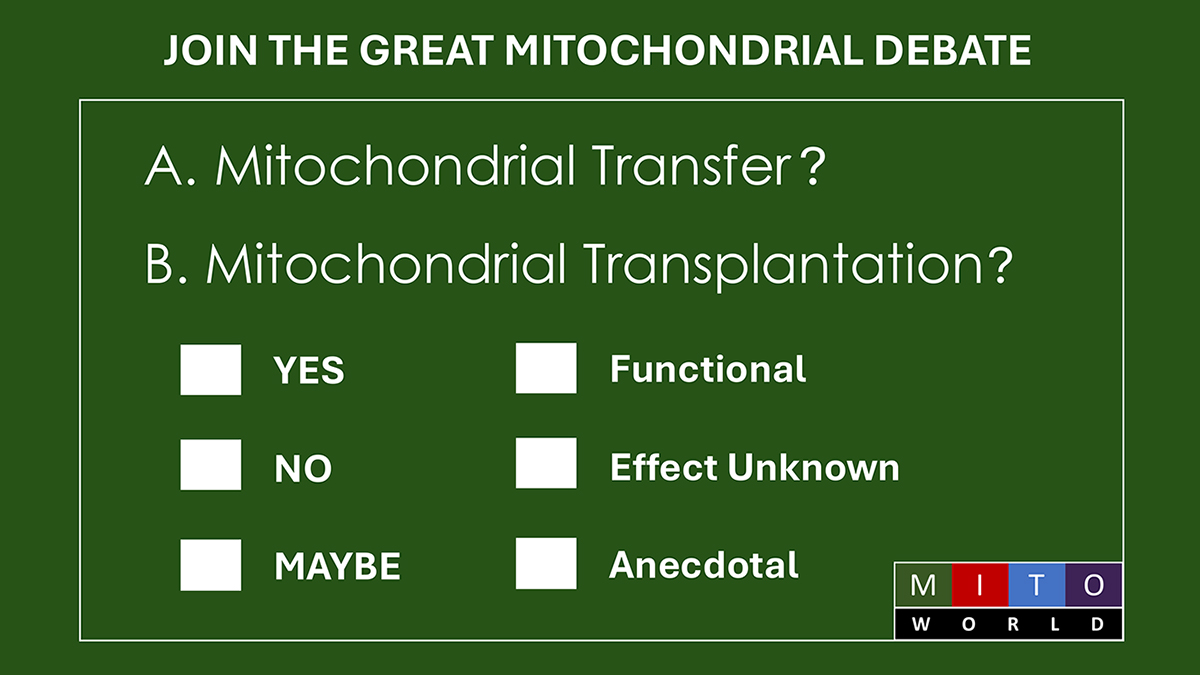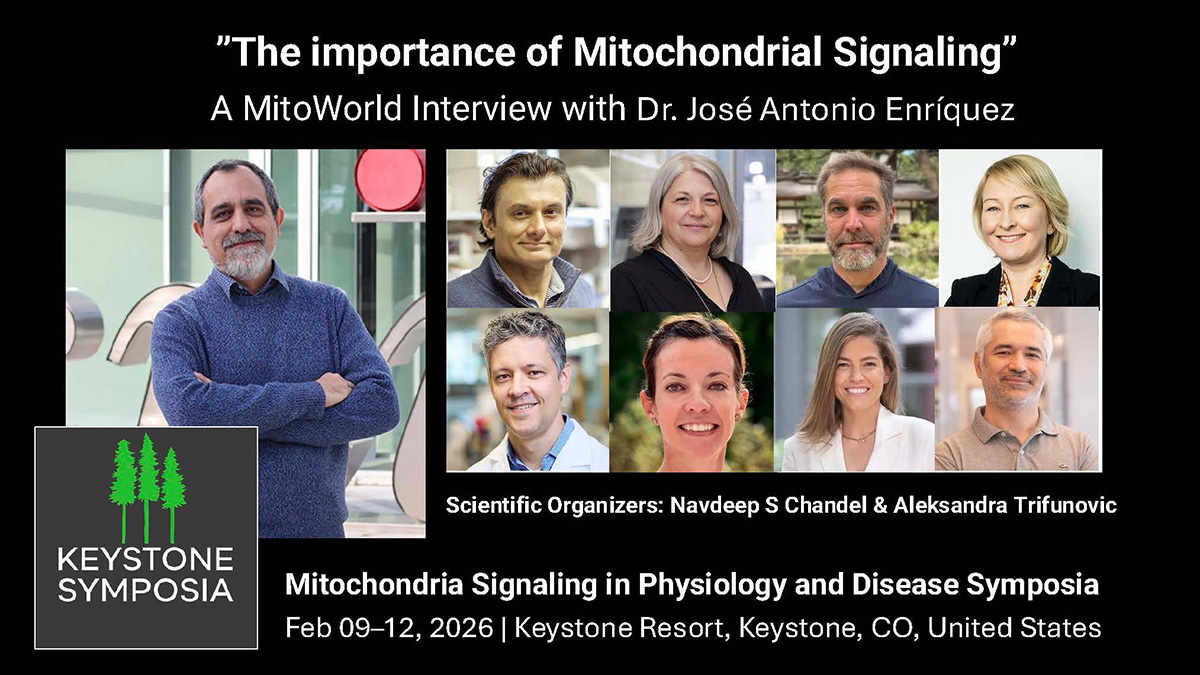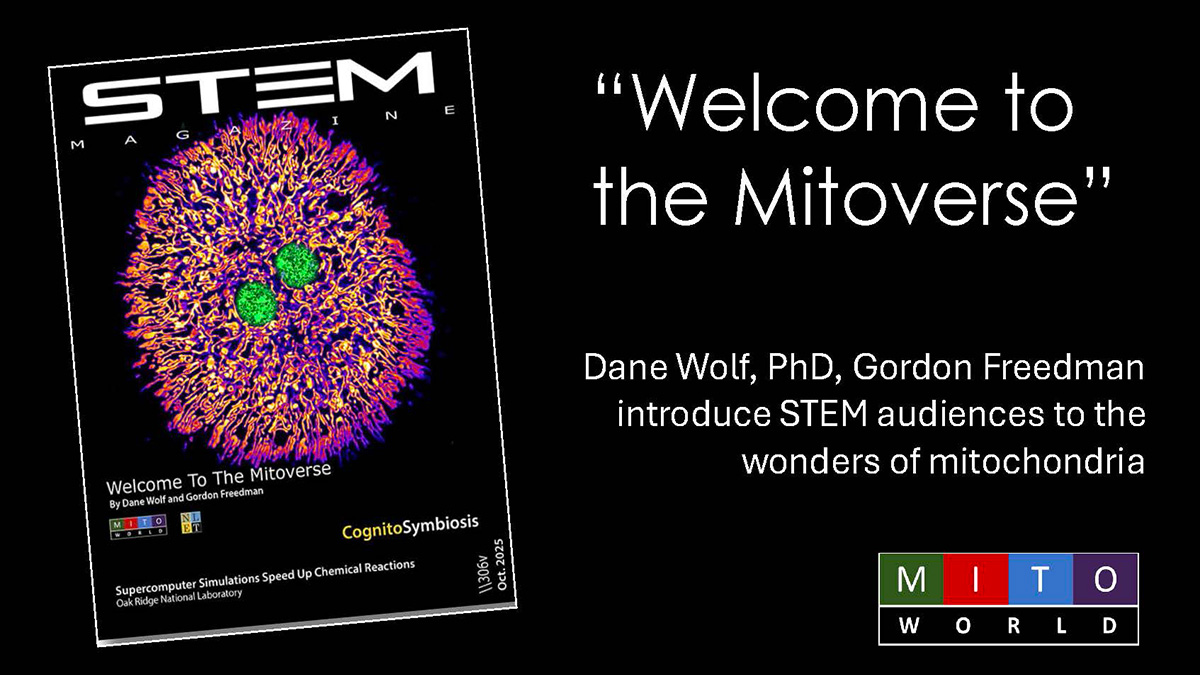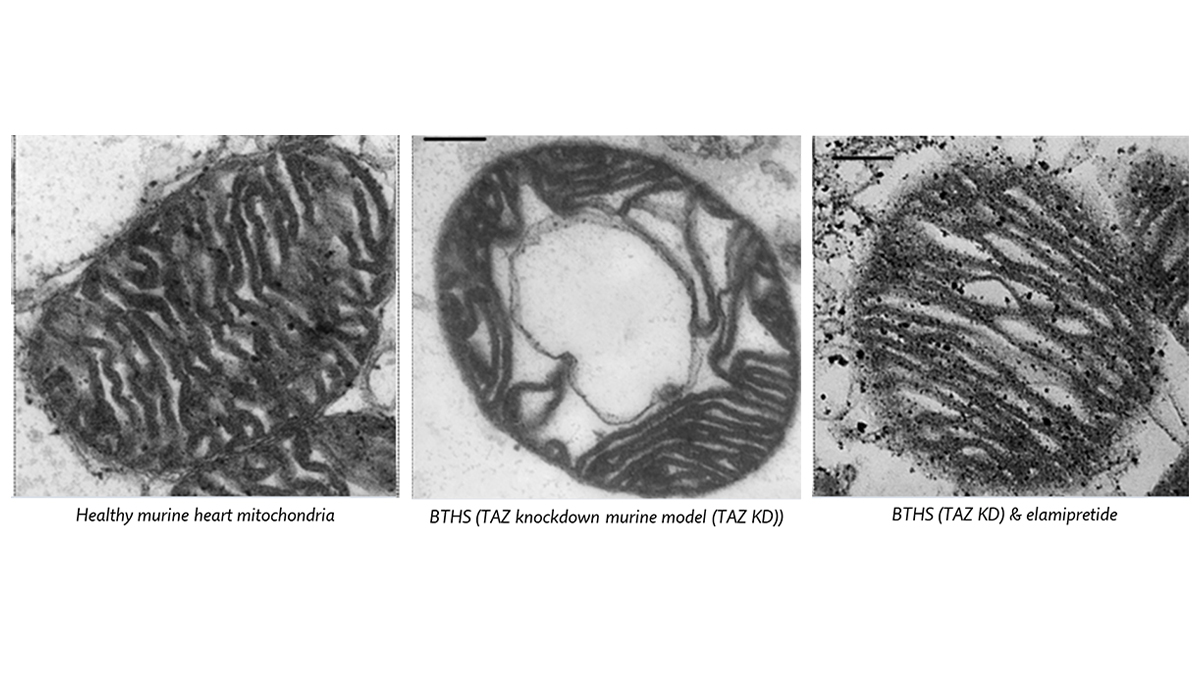
Connecting Oxidative Stress and Mitochondrial Fission
In a recent paper in Nature Communications, a research team led by Daria Mochly-Rosen of Stanford University discovered a small protein that facilitates the interactions of other proteins to maintain mitochondrial integrity and function during oxidative stress.
Mitochondria are unusual cell organelles. They have their own DNA and are involved in multiple key activities. Disruption of these activities contributes to many acute and chronic diseases. Mitochondria also have mechanisms, such as fission and fusion, to ensure they maintain their effectiveness. Fusion allows damaged mitochondria to be improved by adding functional components, and fission provides a way to either increase mitochondrial number and/or to eliminate those damaged beyond repair.
Mitochondrial fission is overactivated in times of oxidative stress. The mechanism was partially understood. During stress, this process begins when a protein in the outer mitochondrial membrane called fission protein 1 (Fis1) recruits a GTPase called Drp1 to the outer mitochondrial membrane. In yeast, this interaction is enough to initiate fission in both physiological and stress conditions, but not in humans.
Suman Pokhrel in the Mochly-Rosen lab sought to determine what was missing by using protein studies and genetically engineered cells. Her team discovered that a key cysteine amino acid in Fis1 (Cys41) was critical for the process. Cysteines are often important components of intermolecular associations because they can form disulfide bonds. During oxidative stress, this is just what happens. The two molecules of Fis1 bound together serve to induce excessive fission. Through further research, the team discovered a new drug called SP11 that selectively inhibits dimerization of Fis1 and thus inhibits excessive fission during stress.
The findings of the group, including the discovery of the pivotal role of Cys41 in dimerization, show how mitochondrial fragmentation can be selectively inhibited during oxidative stress. Furthermore, SP11 or other compounds that work like it might become a therapeutic for the treatment of many chronic diseases associated with mitochondrial fragmentation and dysfunction.
A discussion with Dr. Mochly-Rosen
MitoWorld: This is an interesting paper. Can you suggest what might be the next steps in this research?
Mochly-Rosen: We will continue the basic research to examine how Fis1 binds Drp1 and recruits it to the outer mitochondrial membrane. We also plan to continue developing therapeutics that inhibit Fis1 activation during stress. We will keep optimizing these molecules and evaluate their safety and effectiveness in animal models as part of our interest in translating our research to the clinic.
MitoWorld: Your results indicate that there is an extra step in humans compared to yeast. Do you have any speculation on why that extra step would have evolved?
Mochly-Rosen: Humans are multicellular, and their biology is far more complex than a single‑celled organism, such as yeast. As a result, multicellular creatures often evolve new machinery and more finely tuned regulatory mechanisms to carry out complex functions, and the divergence of Fis1 function is one example of that. One interesting observation is that genetically removing Fis1 causes death of mice during embryonic development, implying that Fis1 plays a critical role at embryonic stage. This suggests that in humans, Fis1 evolved to carry out an important role in embryonic development that yeast simply doesn’t need.
MitoWorld: The involvement of Cys41 is an “extra” step in human and other mammalians. However, that still begs the question of what signal initiates fusion. Do you know what the beginning step is yet?
Mochly-Rosen: Cys residues are sensitive to oxidative stress and their SH moiety in two Cys residues that are close enough to each other losses the proton (H) to generate an S-S bond between these adjacent residues, thus linking the two Fis1. The dimeric Fis 1 can now bind dimeric Drp1 to trigger mitochondrial fission. Thus, oxidative stress is required to activate this process, and by inhibiting the dimerization, the mitochondria are protected.
MitoWorld: This paper goes a long way to explain the mechanism for pathological fission. Is it too simple to hope that some aspects of this work would be helpful in unraveling the fusion process?
Mochly-Rosen: Mitochondrial fusion and fission are driven by distinct protein machinery within cells. Although mechanistic understanding of fission components alone doesn’t directly provide insights into understanding the fusion process, it helps reveal how these processes are balanced and suggests that dimerization of the components is the first step in their activation. Our research will examine this possibility.
MitoWorld: You have already done considerable work on possible therapeutic agents. Might it be a drug that uses the phenothiazine moiety and mimics SP11’s actions? Do you plan to follow up on your work in mice?
Mochly-Rosen: Our molecule, SP11, needs further development to improve its drug properties. We need to be sure the molecule is completely safe and sufficiently stable so it stays in the body long enough to exert its effect. Once we’ve optimized for safety and stability, we plan to test this new series of molecules in animal disease models.
MitoWorld: What caused you to become interested in mitochondria in the first place?
Mochly-Rosen: Way back, almost two decades ago, we looked at cells from rats with high blood pressure and noticed their mitochondria were a lot more broken up than usual. When we treated animals with neurodegenerative diseases with compounds that prevented that fragmentation, they got better. Since then, we’ve been interested in understanding this pathological mitochondrial fission and discovering chemical agents that block fragmentation. The more I’ve learned about mitochondria, the more fascinated I’ve become with these organelles. Today I believe that having healthy mitochondria is the key to healthy cells and thus to healthy organs and a healthy body. New medical interventions that target mitochondria won’t necessarily cure all diseases, but by reducing the burden on the cell, they can allow it to heal itself—and even other cells. I’ve been following the remarkable progress in mitochondrial research over the past few years, and I’m hopeful that discoveries in the field will translate into solutions that help patients.
Reference
Pokhrel S, Heo G, Mathews I, Yokoi S, Matsui T, Mitsutake A, Wakatsuki S, Mochly-Rosen D
(2025) A hidden cysteine in Fis1 targeted to prevent excessive mitochondrial fission and dysfunction under oxidative stress. Nat Commun 16: 4187.






